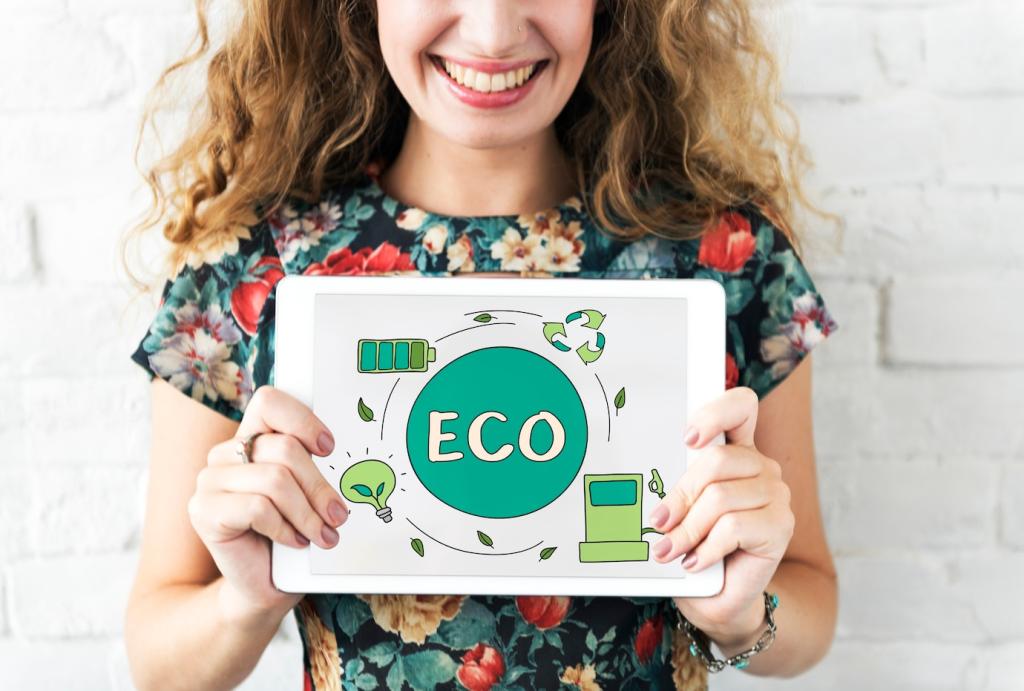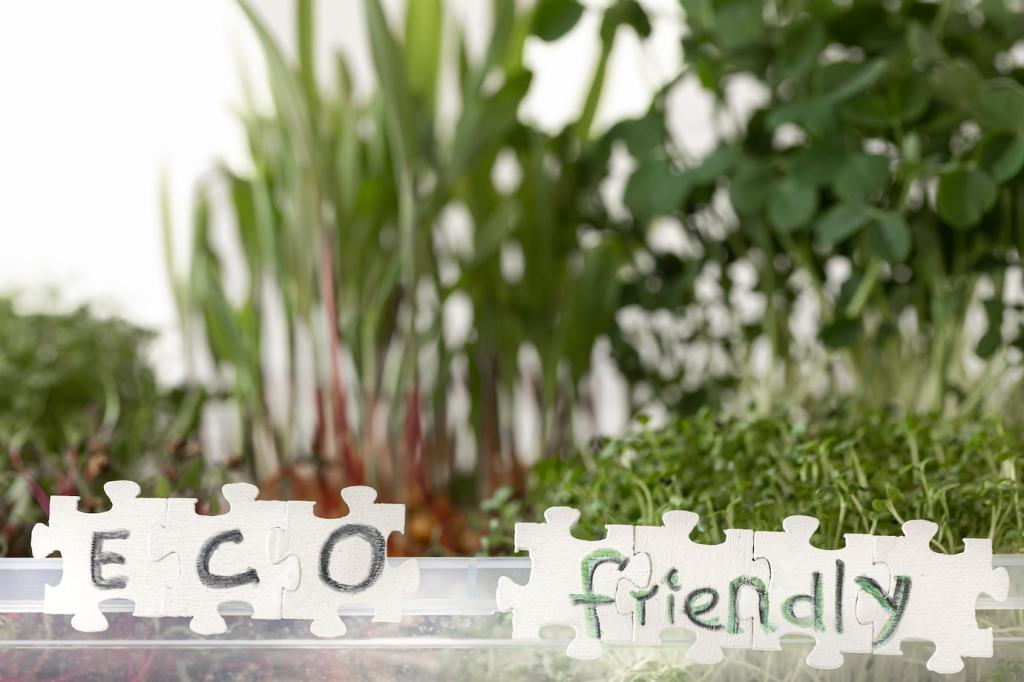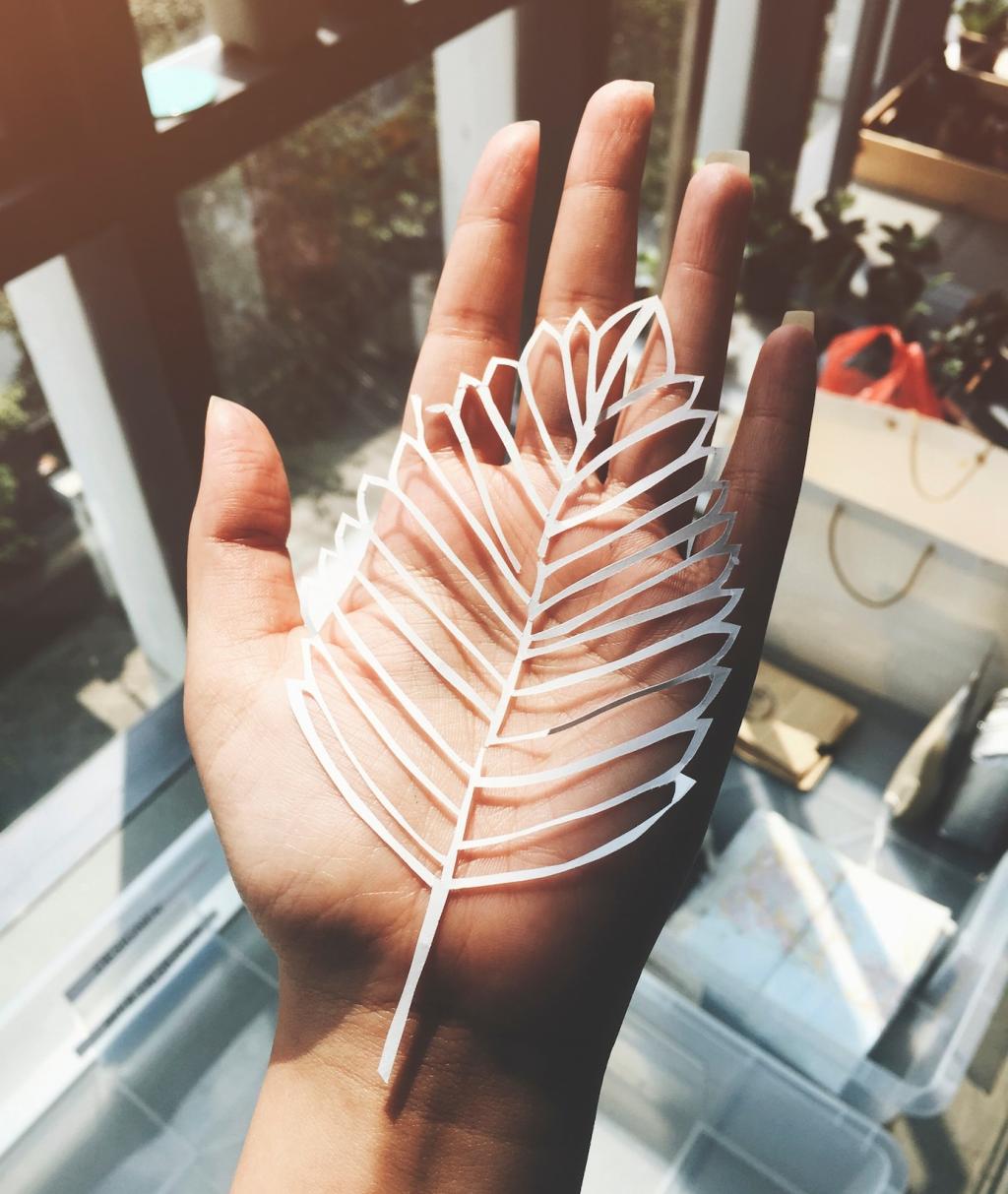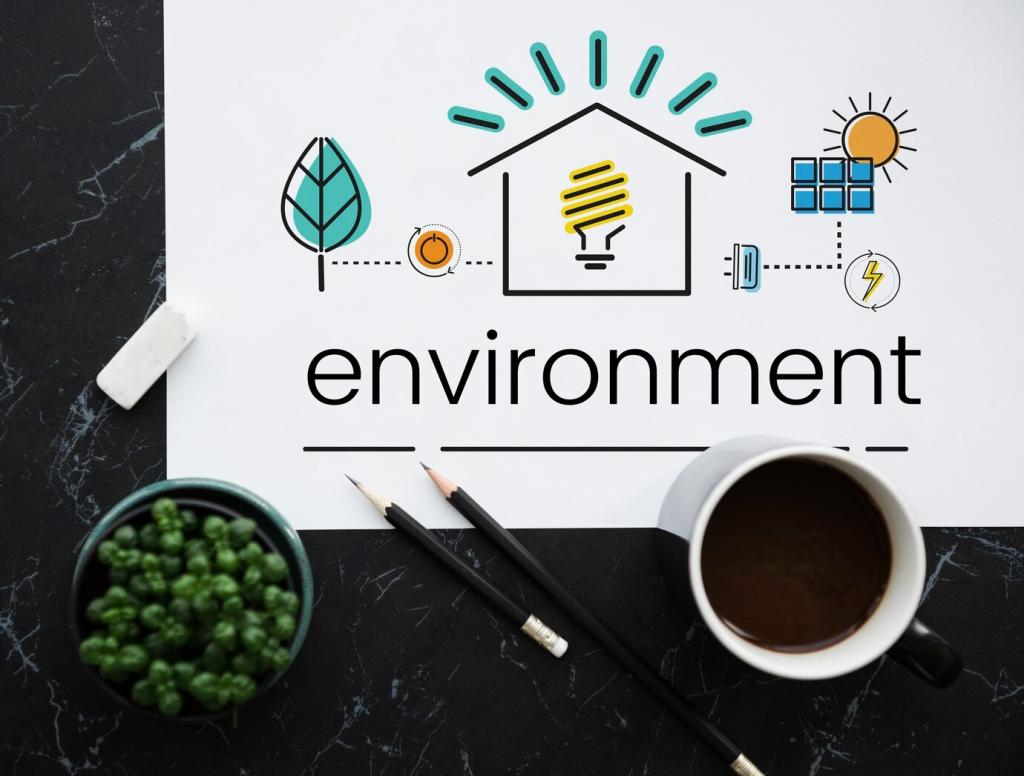
Elegant Protection: Water-Based Finishes for Sustainable Furniture
Chosen theme: Water-Based Finishes for Sustainable Furniture. Explore how modern waterborne coatings elevate eco-conscious design, protect cherished pieces, and keep indoor air fresh—while inviting you to share questions, tips, and projects with our growing community.
Why Water-Based Finishes Lead the Sustainability Conversation
Water-based finishes dramatically reduce volatile organic compounds compared to many solvent-based options, meaning cleaner air during application and in everyday living. That small difference becomes meaningful over years of breathing the spaces you love.
Chemistry in Plain English: How Water-Based Finishes Work
Think of tiny polymer particles suspended in water, waiting to link together as the water evaporates. When those particles coalesce, they form a clear, protective film that highlights wood grain without overwhelming it.
Chemistry in Plain English: How Water-Based Finishes Work
As water leaves the finish, resins migrate and fuse, creating a tight network. Some products also crosslink chemically, improving scratch resistance and chemical durability without the strong odors many associate with traditional lacquers.


Surface Prep that Sets You Up to Win
Sand progressively to a consistent scratch pattern, vacuum thoroughly, and wipe with a slightly damp, lint-free cloth. A smooth, dust-free surface lets water-based finishes level beautifully and avoids telegraphing small imperfections.
Brush, Pad, or HVLP Sprayer?
Water-based formulas work with synthetic bristle brushes, foam pads, or HVLP sprayers. Choose tools that minimize air bubbles and maintain a wet edge. Practice on scrap wood and share your favorite settings with readers.
A Nursery Crib with a Quiet Scent
When Maya refinished a vintage crib, low odor mattered as much as durability. A water-based polyurethane let her work indoors safely and still achieve a satin glow that felt gentle beside soft blankets.
Reclaimed Oak, Modern Sheen
Luis loved the saw marks on an old mill plank table. A matte waterborne topcoat preserved the texture, sealed splinters, and avoided yellowing, letting the table’s story read clearly beneath softly diffused light.
Tiny Studio, Big Results
In a small apartment workshop, ventilation is scarce. Emma switched to water-based finishes to cut odors and shorten project cycles. Share your compact-space setups so fellow makers can create more, worry less.
Health, Home, and Indoor Air Quality
Families dealing with allergies or sensitivities often notice the difference: fewer lingering smells, fewer headaches. Water-based finishes support daily comfort while still delivering a protective coat tough enough for real life.
Durability, Maintenance, and Repair
01
Modern water-based formulas stand up to keys, toys, and laptop edges. Independent abrasion tests show impressive resilience. Add felt pads, use coasters, and tell us how your finish survived a month of family dinners.
02
Skip harsh cleaners. A damp microfiber cloth and mild soap preserve the finish and the planet. Set a monthly care routine, and share your before-and-after photos to motivate the community.
03
Lightly scuff, feather edges, and recoat targeted areas to refresh sheen uniformly. Water-based finishes blend quickly with minimal odor, so you can fix dings on weeknights without clearing the whole house.
Myths, Mistakes, and Smart Fixes
Modern crosslinked waterborne finishes rival many solvent systems for hardness and chemical resistance. The secret lies in resin chemistry, not smell. Share your toughest tests—coffee rings, wine spills, and moving-day scuffs.


Myths, Mistakes, and Smart Fixes
Overworking introduces bubbles and brush marks. Load your brush, move smoothly, and stop when coverage is even. If you spot bubbles, gently tip off with light strokes and maintain a consistent, calm pace.
